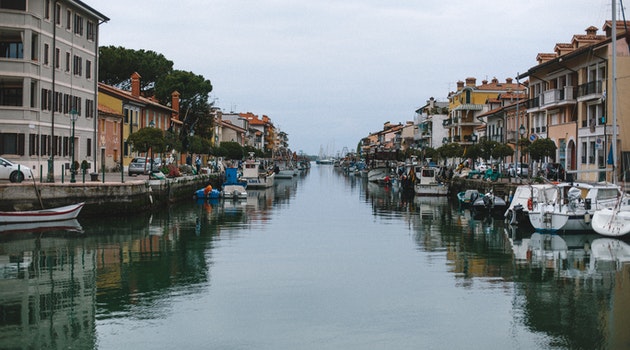The speed with which the COVID-19 coronavirus has spread is one of the hallmarks of this pandemic. Within five months of being identified it had – based on the most recent data from Johns Hopkins University – infected more than 2.7 million people.
This rapid pace was felt acutely in Europe, where the confirmed death toll has now passed 100,000.
Europe’s first confirmed cases were identified in France on 24 January. Soon after, it was detected in Germany, and before long Europe was described as ‘the epicentre of the pandemic’ by World Health Organization Director-General Dr. Tedros Adhanom Ghebreyesus.
Unprecedented Measures
Italy was hit the hardest of any European country and the first in the world to issue a nationwide lockdown.
On 8 March, the northern region of Lombardy and 14 other provinces were shut down, leaving 16 million people quarantined, including in the cities of Milan and Venice. The next day that lockdown was extended to cover the whole country.
The number of confirmed COVID-19 deaths in Italy has since risen to more than 25,000, although there are now signs the rate of infection in the country is declining, which has allowed some lockdown restrictions to be eased.
Within a week of Italy imposing its strict measures, many other European countries took similar steps.
Spain, another nation suffering high rates of infection and fatality, instigated a series of lockdowns and on 27 March ordered all non-essential workers to stay home.
Closing Time
In the UK, one of the first signs of an impending lockdown was the decision by Prime Minister Boris Johnson to suspend what he called “the ancient, inalienable right of free-born people of the United Kingdom to go to the pub.”
Restaurants, theatres, cinemas, gyms and nightclubs also had to close. That was on 20 March, four days before wider lockdown measures were introduced.
Suggested Reading: What I learned under Coronavirus Lockdown
Within a week, on 26 March, Johnson tested positive for COVID-19. He spent a week in hospital, part of which included treatment in an intensive care unit, before he was discharged on 12 April.
All of which is a far cry from the Swedish response to the pandemic. There has been no lockdown or social distancing policies, and most schools and businesses have remained open.
The country has instead asked citizens to act responsibly, advised older people to avoid social contact and recommended people work from home if possible, wash their hands regularly and avoid all but essential travel.
Testing, Testing
The sobering milestone of 100,000 deaths is unlikely to show the full picture, given countries collect such statistics in different ways and not all victims of the infection have been tested and confirmed.
It is also difficult to make reliable comparisons between infection and fatality rates across countries, as some are testing widely and others are not. The more tests conducted, the greater the number of infections likely to be confirmed.
South Korea stands out on the global stage for rolling out a prolific testing regime. More than 570,000 tests have been taken in the country, helping identify 10,702 confirmed infections.
Rates of testing across Europe, meanwhile, have varied significantly, as can be seen when comparing the continent’s largest economies.
Germany has a population of 83.7 million and has conducted the most tests – more than 2 million. The UK has a population of 66.8 million, but had, as of 22 April, carried out just 559,935 tests.
The Road Ahead
Signs are slowly emerging that Europe may have turned a corner on the virus as infection rates begin to fall – and parts of Europe are starting to relax restrictions.
In the Veneto region of northern Italy, some non-essential shops have been allowed to reopen, while Denmark has reopened primary schools. That decision hasn’t been met with universal support, however, and some Danes are keeping their children at home.
Austria, Germany, Switzerland and Norway are also reopening or planning to reopen some businesses and schools. But social distancing guidelines remain in place, as leaders attempt to balance a return to normal life with protecting populations from new spikes in infections.











